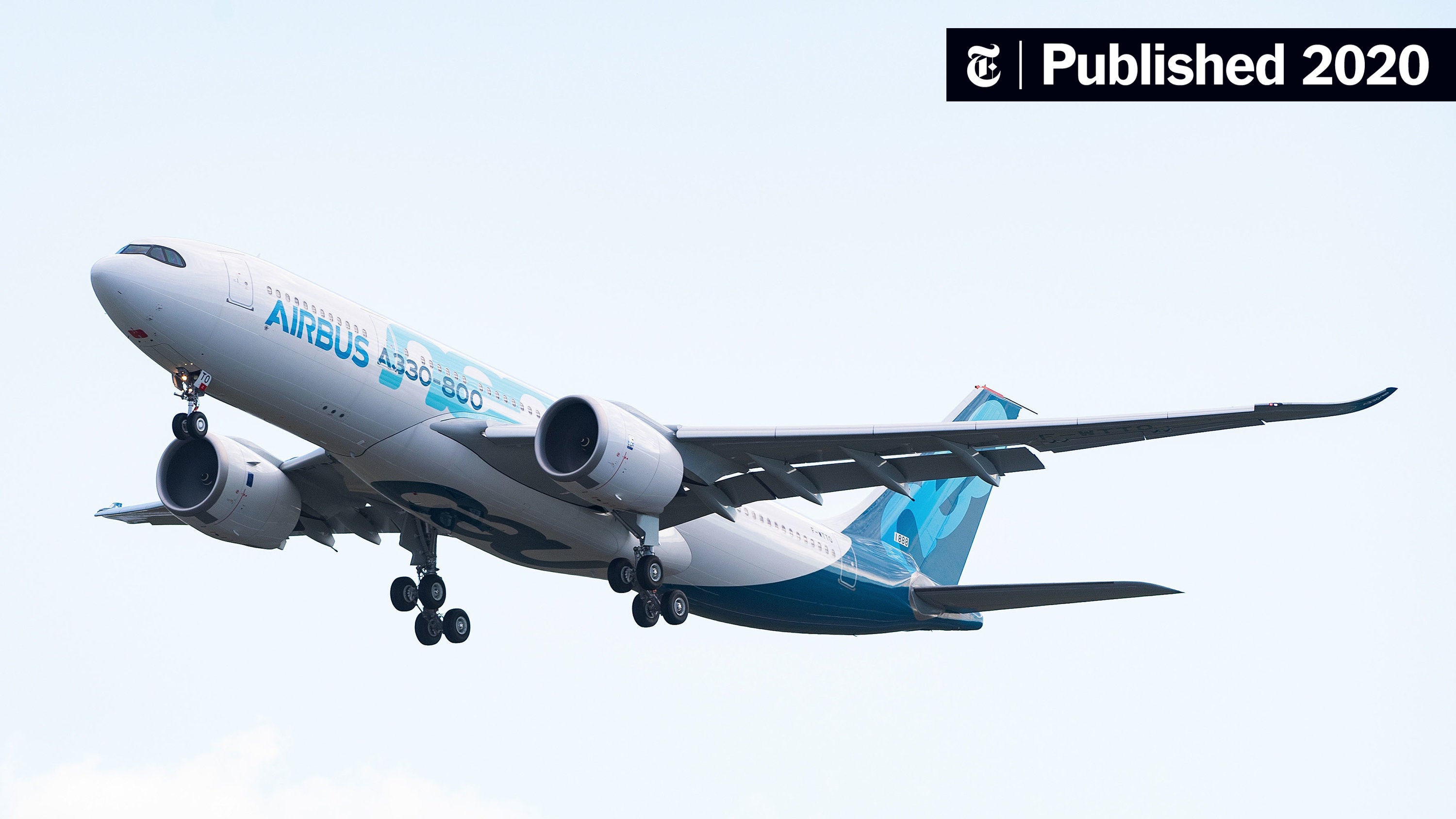Impact Of Potential Trump Tariffs On The Aircraft And Engine Industry

Table of Contents
Disruption of Global Supply Chains
The aircraft industry is a marvel of global collaboration, relying heavily on a complex network of international suppliers for parts and materials. The reintroduction of Trump tariffs would severely disrupt this delicate balance, creating significant challenges for manufacturers.
Dependence on International Parts and Materials
The intricate manufacturing process of aircraft and engines depends on a vast array of components sourced from across the globe. Tariffs would dramatically increase the cost of imported parts, triggering a cascade of negative effects.
- Increased costs for titanium, aluminum, and composite materials sourced from affected countries. These essential materials often originate from countries that were previously targeted by Trump-era tariffs. Increased import costs directly translate to higher manufacturing expenses.
- Delays in delivery of essential components from tariff-impacted suppliers. Tariffs can lead to logistical bottlenecks and increased bureaucratic hurdles, delaying the delivery of crucial parts and disrupting production schedules.
- Potential shift in sourcing strategies, impacting established relationships and potentially lowering quality. Manufacturers may be forced to seek alternative suppliers, potentially sacrificing established partnerships built on trust and quality control for cheaper, but potentially less reliable, sources. This could negatively impact aircraft safety and reliability.
Impact on Manufacturing and Assembly
The impact of tariffs extends beyond raw materials. The entire manufacturing and assembly process would be affected. Companies might be forced to make significant, and costly, adjustments to their operations.
- Increased manufacturing costs due to tariff-inflated input prices. Higher costs for parts and materials directly translate to higher overall manufacturing costs, squeezing profit margins.
- Potential job losses in regions heavily reliant on aircraft manufacturing and assembly. Increased production costs could make some facilities unprofitable, leading to potential plant closures and job losses.
- Reduced competitiveness in the global aerospace market. Higher production costs place US-based manufacturers at a disadvantage compared to competitors in countries not subject to the tariffs, potentially leading to a loss of market share.
Increased Costs and Reduced Consumer Demand
The impact of Trump Tariffs Aircraft Industry doesn't stop at the factory floor. Increased production costs will inevitably translate into higher prices for consumers, potentially dampening demand.
Higher Aircraft Prices
The increased cost of manufacturing directly impacts the final price of aircraft. This price increase will have ripple effects throughout the aviation sector.
- Impact on airline profitability and potential increase in airfares. Airlines will likely pass on increased aircraft costs to consumers through higher airfares, affecting the affordability and accessibility of air travel.
- Reduced consumer affordability, potentially affecting demand for air travel. Higher airfares can reduce consumer demand, impacting the profitability of airlines and potentially slowing growth in the aviation sector.
- Slowdown in the growth of the aviation industry. A combination of higher prices and reduced demand can create a negative feedback loop, potentially slowing the overall growth of the aviation industry.
Reduced Market Competitiveness
Tariffs significantly reduce the competitiveness of US-based aircraft manufacturers in the global market. This competitive disadvantage could have long-term consequences.
- Loss of market share to international competitors. Companies in countries not affected by the tariffs gain a significant price advantage, potentially leading to a loss of market share for US manufacturers.
- Potential strain on US aerospace jobs. Reduced competitiveness and market share could lead to further job losses within the US aerospace industry.
- Need for government intervention or subsidies to mitigate the impact. To counteract the negative effects of the tariffs, the government may need to intervene with subsidies or other support measures for the industry.
Geopolitical Ramifications and Trade Wars
The imposition of tariffs is rarely a unilateral action. It often triggers retaliatory measures, escalating trade disputes and creating further uncertainty.
Escalation of Trade Disputes
Imposing tariffs can lead to retaliatory tariffs from other countries, creating a tit-for-tat trade war that harms all involved.
- Potential tariffs on US exports of aircraft and engines. Other countries may retaliate by imposing tariffs on US-made aircraft and engines, further damaging the industry.
- Damage to international relationships and cooperation. Trade disputes strain international relationships and can undermine cooperation on important issues.
- Uncertainty and instability in the global aerospace market. The unpredictability of trade policies creates uncertainty and instability, making it difficult for businesses to plan for the future.
Impact on International Collaboration
The aerospace industry thrives on international collaboration. Tariffs threaten to disrupt this collaboration, hindering innovation and progress.
- Reduced joint ventures and collaborative projects. Tariffs can discourage joint ventures and collaborative research and development projects between countries.
- Slower technological progress within the industry. Reduced collaboration hinders innovation and slows technological advancement in the aerospace sector.
- Loss of potential cost savings and efficiency gains from collaboration. International collaboration often leads to cost savings and efficiency gains, which would be lost with reduced cooperation.
Conclusion
The potential impact of Trump tariffs on the aircraft and engine industry is significant and far-reaching. Disruption to supply chains, increased costs, reduced competitiveness, and the potential for escalating trade disputes pose serious challenges. Understanding the ramifications of these tariffs is crucial for industry stakeholders, policymakers, and consumers alike. Staying informed about the evolving trade landscape and advocating for policies that support a stable and competitive global aerospace market is essential. Learn more about the potential effects of Trump tariffs on the aircraft industry and how to mitigate their impact. Continue to monitor developments surrounding Trump Tariffs Aircraft Industry for the latest updates.

Featured Posts
-
 Vente Des Vins De Nuits Saint Georges Philippe Candeloro Et Chantal Ladesou En Images
May 11, 2025
Vente Des Vins De Nuits Saint Georges Philippe Candeloro Et Chantal Ladesou En Images
May 11, 2025 -
 Thomas Muellers Last Dance 25 Years Of Loyalty Ends At The Allianz Arena
May 11, 2025
Thomas Muellers Last Dance 25 Years Of Loyalty Ends At The Allianz Arena
May 11, 2025 -
 Unlocking Profits The Easiest And Most Effective Dividend Strategy
May 11, 2025
Unlocking Profits The Easiest And Most Effective Dividend Strategy
May 11, 2025 -
 Landmark Sycamore Gap Tree Felled Convictions Announced
May 11, 2025
Landmark Sycamore Gap Tree Felled Convictions Announced
May 11, 2025 -
 The China Factor How Market Dynamics Affect Bmw Porsche And Other Automakers
May 11, 2025
The China Factor How Market Dynamics Affect Bmw Porsche And Other Automakers
May 11, 2025
